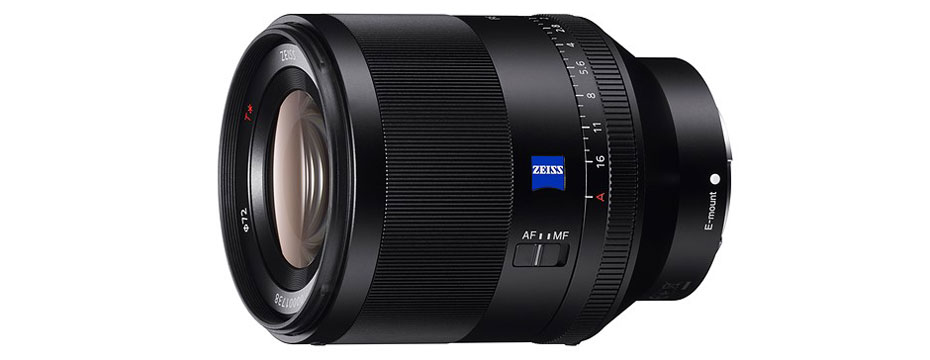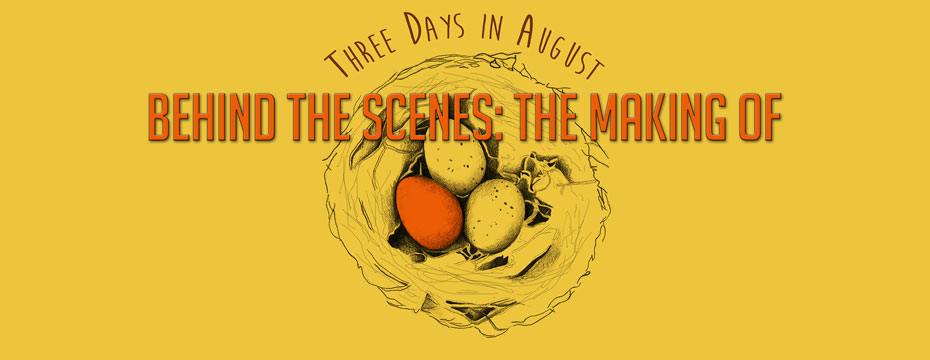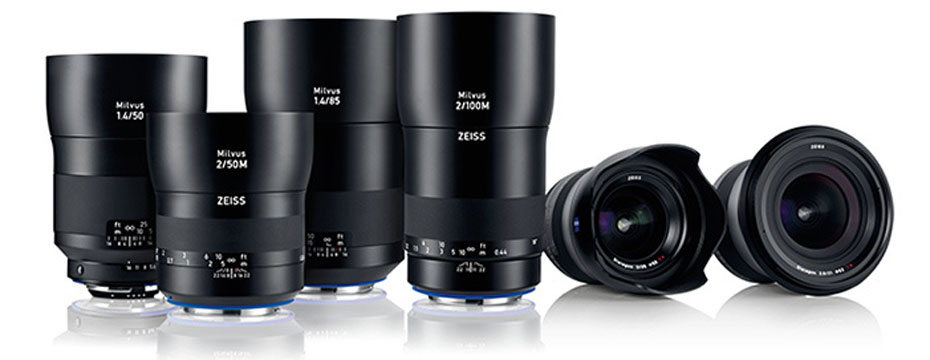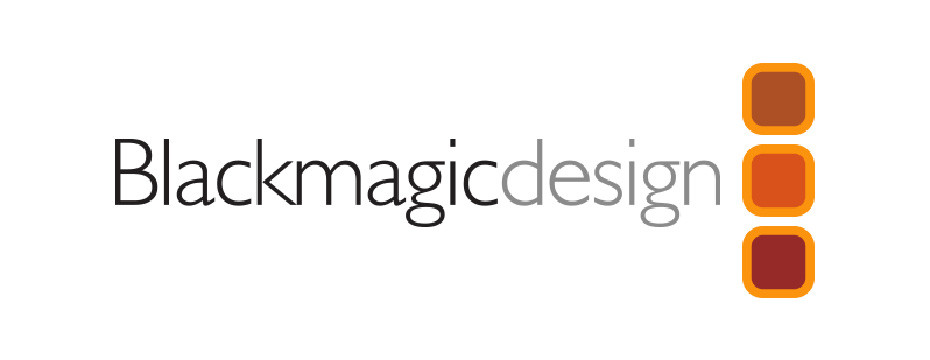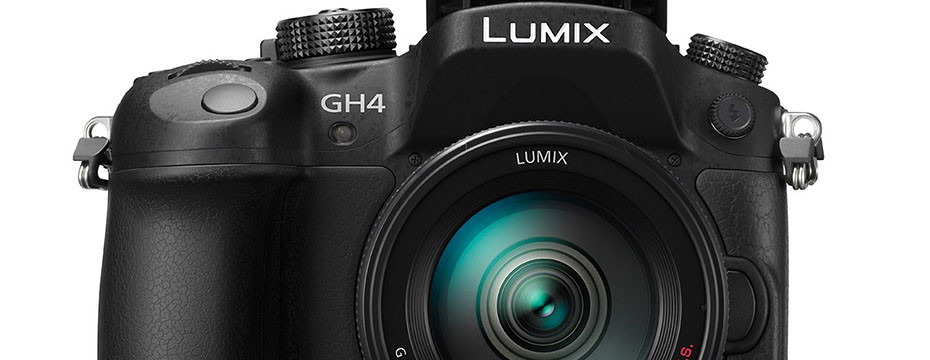
The Panasonic GH4 Is In My Future
Panasonic GH4 24p C4K ‘Cine-D Profile’ Skintone Quickie test from Nick Driftwood on Vimeo.
First you can ask the developer & product director of the Panasonic GH4 your questions here;-
http://www.personal-view.com/talks/discussion/10019/ask-developers-of-the-panasonic-lumix-gh4-plus-answers-about-the-m43-format/p1
Now the video: Here’s a quick test Nick Driftwood put together from a string of new footage he’s shooting for the first of his Panasonic GH4 run-through videos. This is a 4096 pixels × 2160 Full 4k (cinema 4K) 4:2:0 8 bit internal (non YAGH) recording with the sound replaced. Profile: ‘CineLikeD’ 24p full 4K 8 bit 4:2:0 100Mbps (Fw 0.5) f4, 50 ss, 200ISO, Panasonic 35-100 f/2.8 zoom lens.
This is straight out of the camera ungraded on CineLikeD setting using -2 Contrast,-2 Sharpeness,-2 Noise Reduction,-2 Saturation, 0 Hue settings on the Panasonic GH4.
Nick is really liking the CineLikeD profile – nice and flat. Ungraded, untouched – any flicker, moire, aliasing, etc is just Vimeo Compression. There is ZERO artefacting / moire in the original. Vimeo’s transcoding/downsampling to SD/HD versions for display here will NOT look as good as the original. Use the Download to see the full 4K. It is truly unbelievable how good the full 4k from the Panasonic GH4 looks ungraded.
I’m not a big fan of AVCHD as a codec, as the workflow is a royal pain in the butt. Transcoding, doubling up of the data storage requirements, cumbersome and inefficient processing, horrible editing delays while footage is in pre-prep, and for what? The final footage is good, but noting particularly mind blowing. Certainly not to my mind, worth the trouble. So my GH3 rarely gets the call for a quick production anymore, other options in my kit are doing the yeoman’s share of the load.
Panasonic must have been reading my mind. Or have heard the many others of us all saying basically the same thing. The GH3 does produce excellent video when you can afford the time to post process it correctly. Mind you, all this post processing also requires a computer and storage to accomplish. Extra added expense. Panasonic engineers have broken a few of what were formerly considered barriers with the Panasonic GH4. One being the video storage codecs available for internal recording. The Panasonic GH4 actually has AVCHD, MOV and MP4, take your pick.
The Panasonic GH4 has bit rates ranging from laughable consumer to state-of-the-art professional, with choices of 4, 10, 17, 20, 24, 28, 50, 100 and 200Mbps. That is an incredible range, though for the life of me I can not think of anything I could conceivably use a 4 Mbs data rate for. The GH4 engineering team also showered down a whole lotta love and attention on the compression. Compression is in ALL-Intra or IPB. It’s 8 Bit 4:2:0 in the camera, or if you want an Atomos Samurai can get you 100Mbps 4K in 8 Bit 4:2:2 or 10Bit 4:2:2 or 200Mbps 1080 in 8 Bit 4:2:2 or 10Bit 4:2:2. The Atomos Ninja of course is limited to 1080P, but at the same data rates and up to 200Mbps 1080 in 8 Bit 4:2:2 or 10Bit 4:2:2. Unbelievable, but true.
What really blows my mind is this camera is a fraction of the cost of say for instance the Sony PMW-F3 (under 2 grand vs over 8 to 13 grand). It (Panasonic GH4) shoots a wider range of video codecs in two flavors of 4K and several flavors of 1080, is more versatile (can be strapped to a camera drone and flown around a set for example), and is not limited to PL mount lenses. In fact, you can mount practically any lens ever made on the micro 43 mount. I’ve used everything from Canon, Leica, Zeiss, and even some older uncoated brass lenses so old that the manufacturer’s markings have long ago been worn off.
The biggest challenge for me has been the small M43 sensor size, as it basically takes some getting used to. Take as example my beautiful Contax Zeiss 35mm f/1.4 lens. On the GH3, as with any M43 sensor camera, it has an effective focal length of a 70mm f/1.4. So instead of a moderate wide angle, it is now a short telephoto – but – and this is a big part of my problem – without the corresponding compression or depth of field you would expect to have in a 70mm lens. Add a Metabones speed booster and the 2x crop factor becomes 1.4x. The Metabones helps a lot, giving you an effective size larger than an APS-C sized sensor, though still not full frame. A truly amazing device, the Metabones also increases the speed of a lens by one full stop. So my beautiful Zeiss 35mm f/1.4 on full frame now becomes an effective 50mm f/1. Not quite the 35mm full frame DoF, but it doesn’t give up all that much for what it does gain.
Bottom line for me, I will be purchasing a Panasonic GH4 as soon as it comes out. Given my interest in high quality video and stills both for my hybrid storytelling adventures, it just makes sense all the way around. Stay tuned for more.
PLEASE RATE THIS STORY! [ratings]


